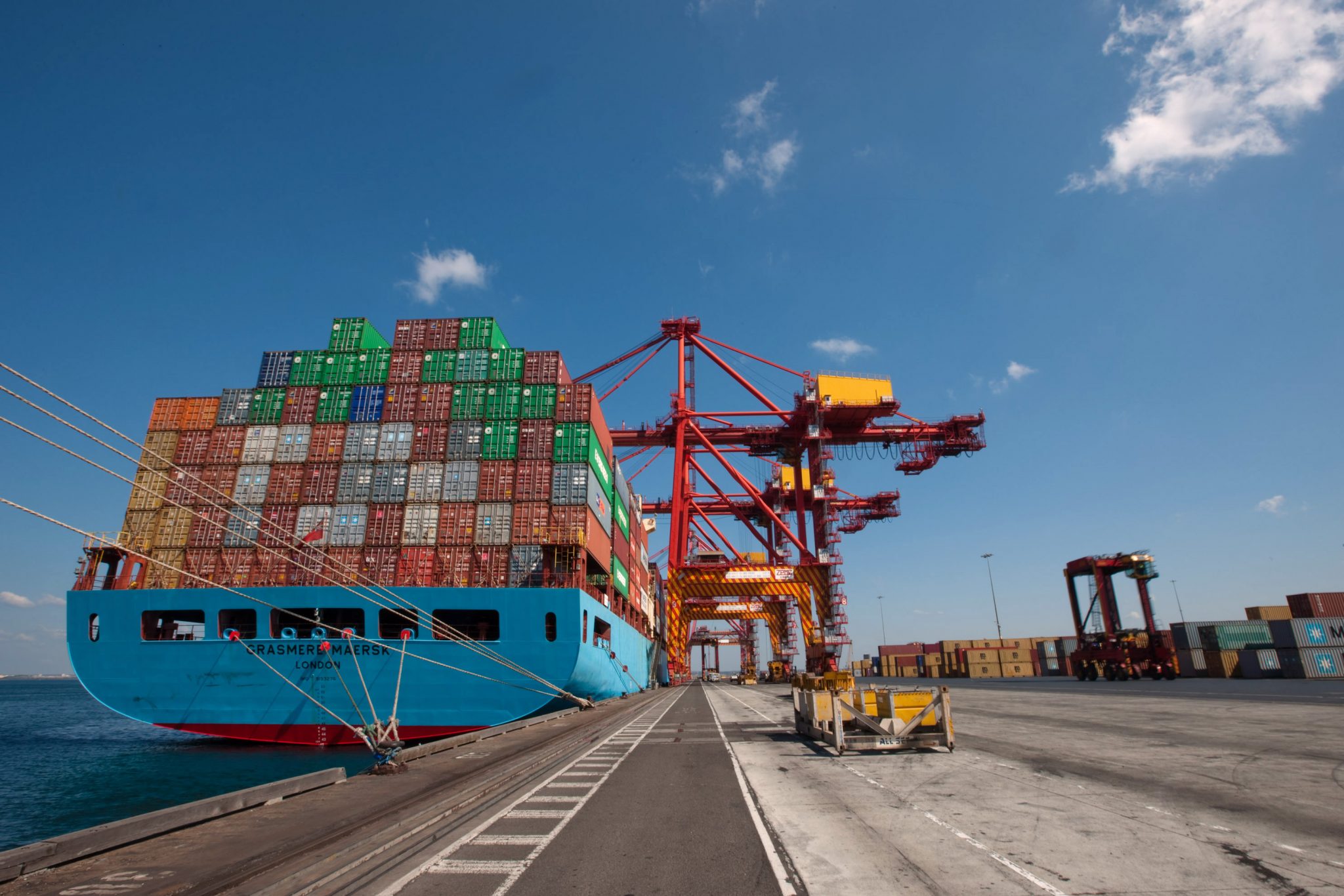
photo source: timesofisrael
In recent months, the Trans-Atlantic Trade and Investment Agreement (TTIP) between the U.S. and the European Union has been all over the news, mainly because of its controversial ISDS clause; we have already and extensively explored some of the possible outcomes of this agreement in several articles. However, despite its popularity, TTIP is far from being the only FTA currently being negotiated by the European Union. As a matter of fact, the EU has a long list of formally on-going procedures, and though many of them are on a hiatus, there are at least four agreements that will set the EU trade agenda for the next months.
The first and more obvious one is the Comprehensive Economic and Trade Agreement (CETA) with Canada. Its negotiations have been formally concluded in September 2014, and the text is being revised by EU lawyers. At first, it was expected to go through Council and Parliament between late 2015 and early 2016, but its fate is now linked to the one of TTIP, as they both include a provision regarding ISDS. Given the difficulties that the Lange report on the deal faced in the Parliament because of that clause, it appears difficult to make forecasts for CETA.
The other three agreements here considered are all pointing towards the same continent: Asia. First and foremost, an agreement with Singapore has been already concluded and it should be submitted to the co-legislator already this year. Nevertheless, the EU-Singapore FTA contains provisions regarding investments (once again ISDS is to blame too) and it could face serious criticism in the Parliament – though this may not necessarily jeopardise the deal.
The two remaining on-going negotiations are with Japan and with Vietnam: both are supposed to be concluded within the 2015 framework. As for the former, talks have been stalling on several issues (especially in terms of public procurement), though a clear political will to successfully and rapidly end the negotiations has been recently expressed by the President of the Commission himself. Moving on to Vietnam, negotiations are being finalised as an end was expected for July. Nonetheless, beside the well-known ISDS issue, this deal has come under heavy criticism because of Vietnam’s human rights record. Nonetheless, the implementation of this agreement appears more likely than its Japanese counterpart, at least within the given timetable.
While the EU is formally engaged in a significant larger number of negotiations with different countries or regional blocks, these four deals – plus TTIP, obviously – will represent the key drivers of the EU trade policy between 2015 and 2016. It is worth noticing that beside the U.S. and Canada, the Commission appears clearly focused on getting results in Asia – i.e. negotiations with Myanmar – partly driven by closing in of the Trans-Pacific Partnership. Overall, Europe is going to face a challenging autumn, which is going to determine the course of the Juncker Commission in trade policy.



